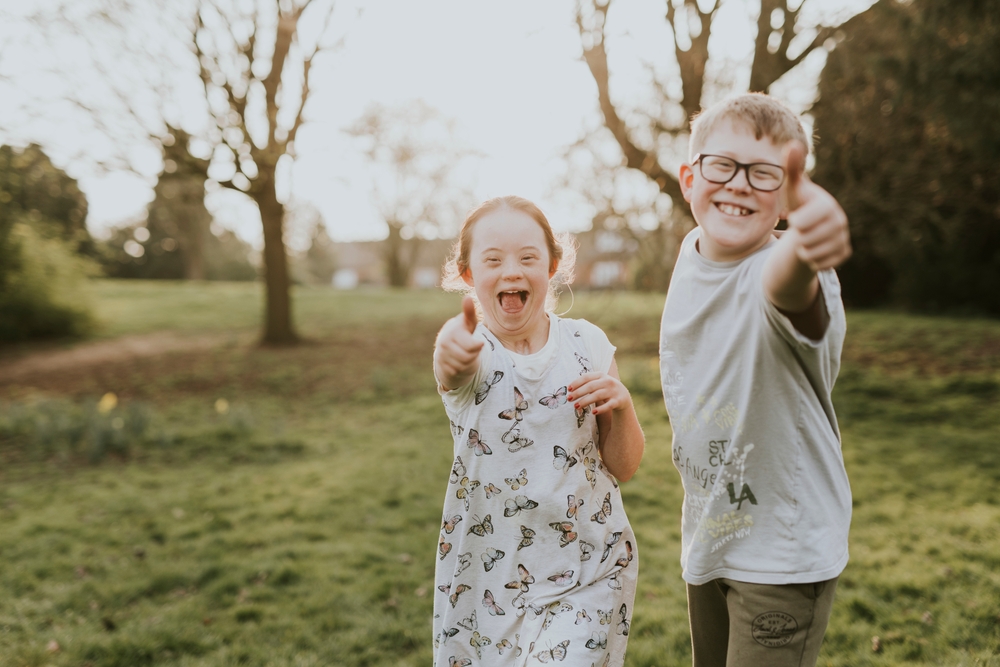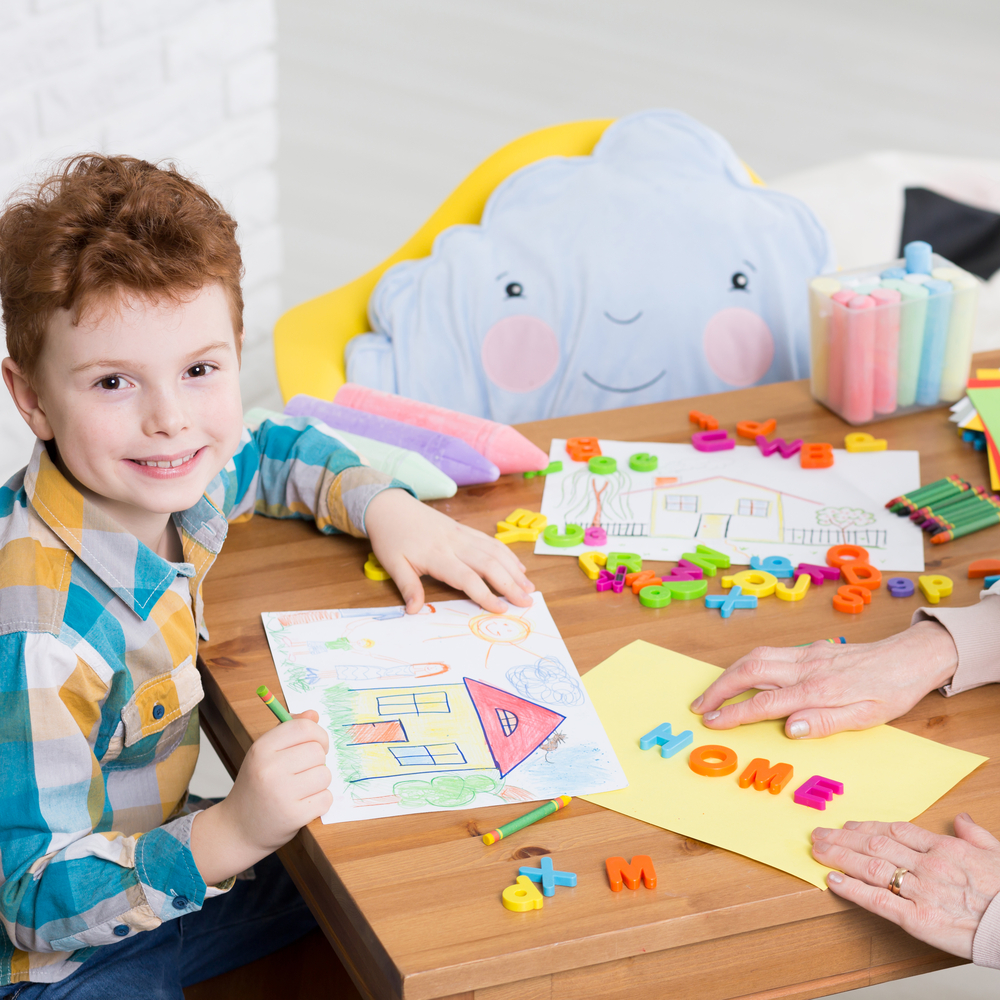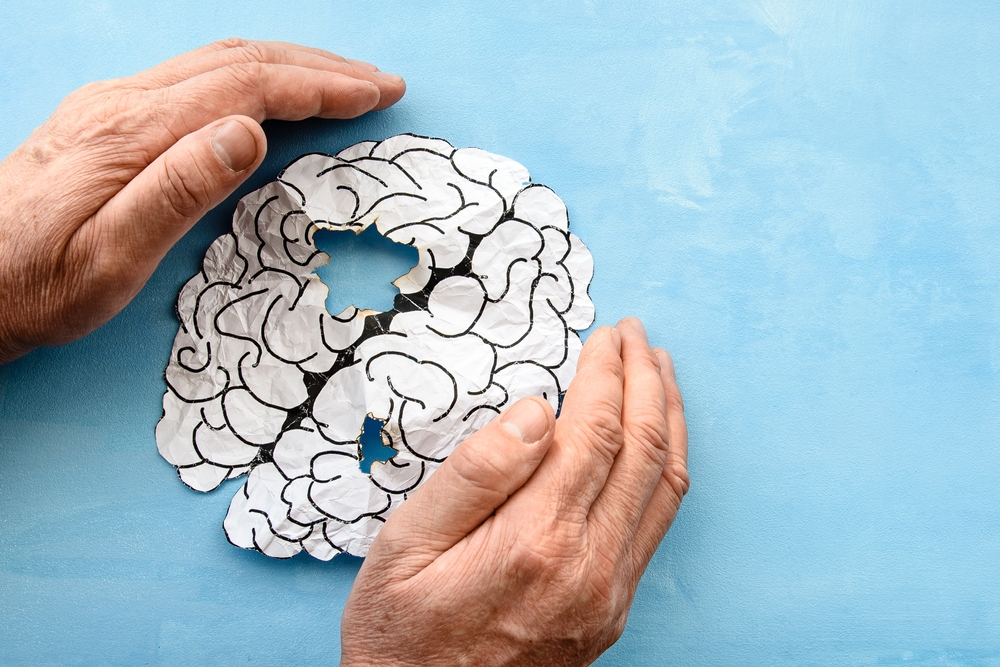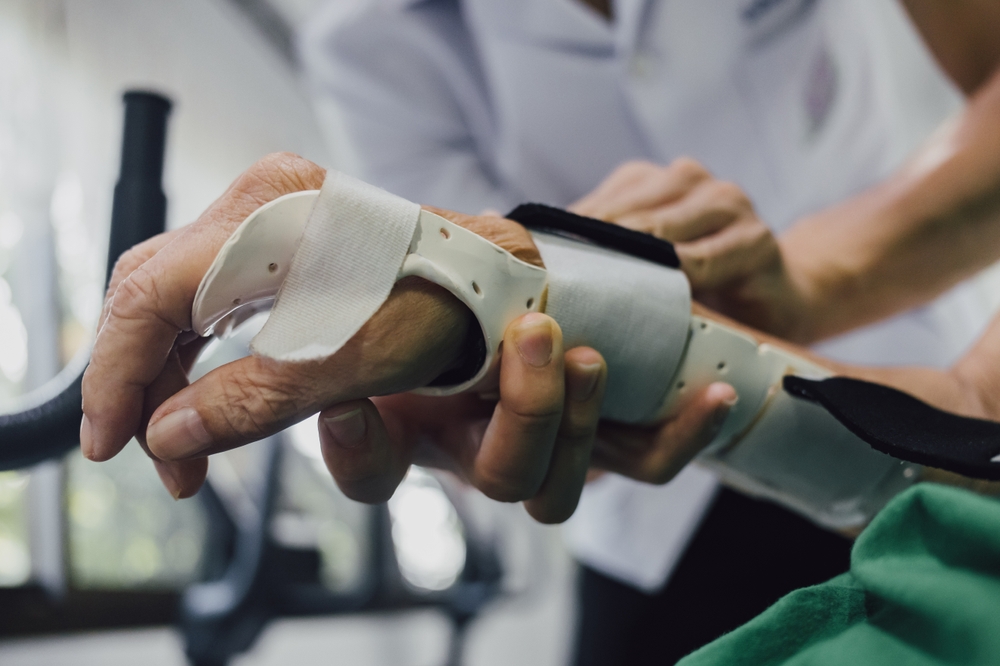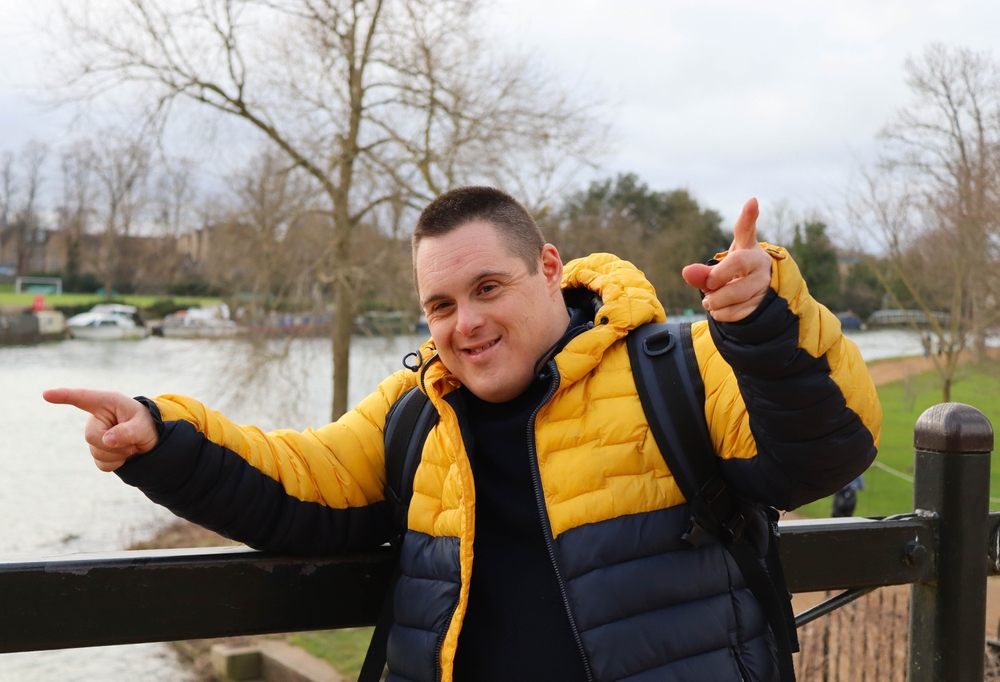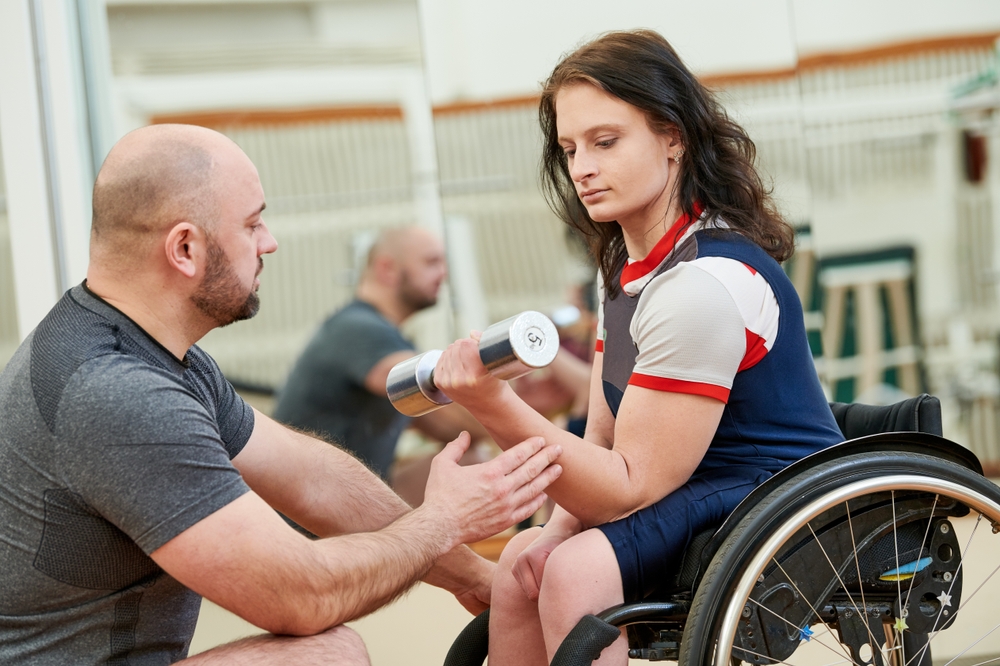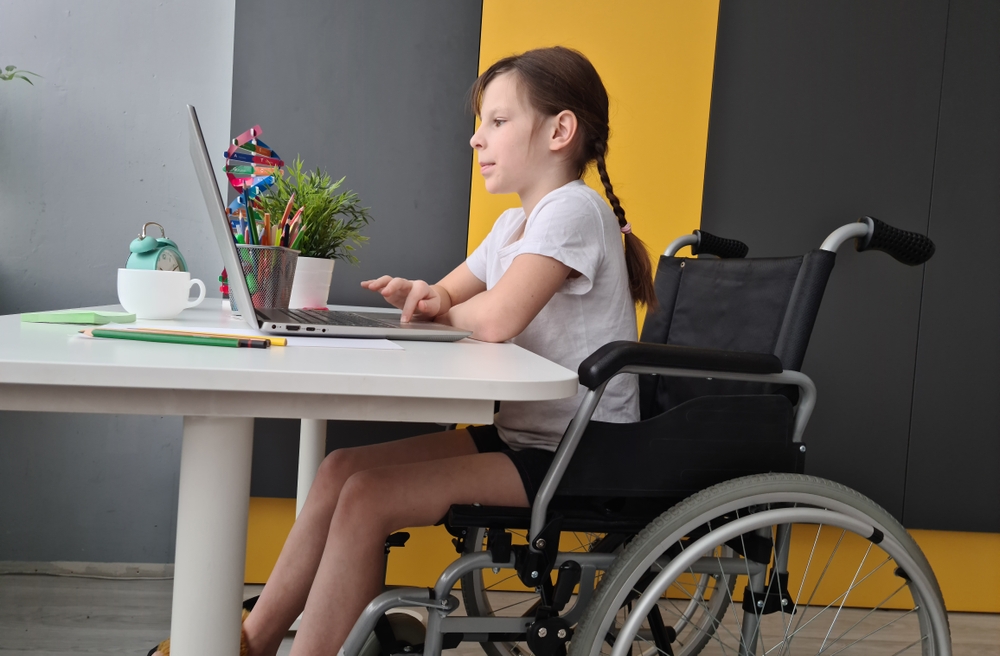Make an Appointment
Autism is a complex neurodevelopmental condition affecting around 1 per cent of Australians – estimates, which are increasing year on year, range from one in 70 to one in 150.
Article written by Haley Williams for Health Times
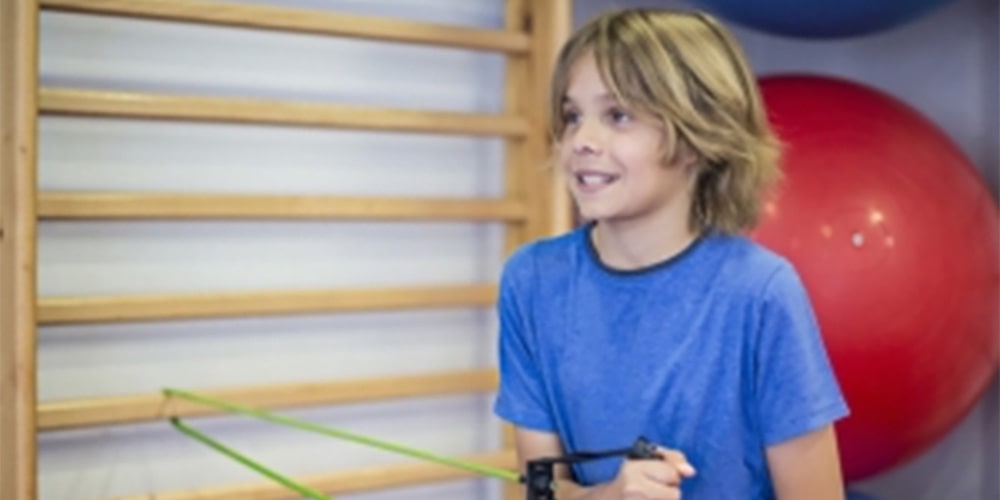
Autism is a complex neurodevelopmental condition affecting around 1 per cent of Australians – estimates, which are increasing year on year, range from one in 70 to one in 150. Prevalence is highest among children aged five to 14, with 83 per cent of those with an autism spectrum diagnosis aged under 25.
Paediatric physiotherapy and exercise physiology are two of many allied health specialties involved in treating those living with autism. But, while motor impairments affect physical, social and emotional wellbeing, physical therapy and exercise aren't always top-of-mind.
Physiotherapist Jonathan Moody, an uncle to two nieces living with autism, is leading the charge in autism management through partnering with Spectrum Support to empower those impacted by neurodiversity.
"Allied health is incredibly important to children who are on the autism spectrum.
"Often, this is realised in the use of occupational therapy or speech pathology, with physiotherapy overlooked.
"However, children with autism may have low muscle tone, poor coordination, reduced balance, difficulties with functional movement and postural challenges when moving throughout their environment."
Physiotherapy improves motor skills, explains Mr Moody, which are crucial for socialisation and communication.
"By looking at every angle of a child's diagnosis and developing a treatment plan which encompasses a range of allied health services and works towards a joint goal, the child's quality of life at home and school improves."
Designing a program for children on the autism spectrum
Step 1 – Evaluation
The first step to designing a successful program for children with an autism spectrum diagnosis is evaluation.
"A therapist will observe how a child moves through their life and assess whether or not they are behaving in ways that are normal for their age range."
The evaluation includes monitoring a child's attention span, playtime skills, need for personal space, response to stimuli, motor skills, aggression, and interactions with peers.
Step 2 – Execution
The second step in the program is execution, which follows an understanding of the child's difficulties.
"Only once the therapist understands what the child is struggling with will they personalise a program to enhance the skills that need attention.
"It's important to note that there is no 'one-size-fits-all' approach as everyone's autism will present differently, and everyone will have unique responses to treatments
"Therapists need to draw on their knowledge to create plans which are tailored and are as unique as the child.
"It can take time and perseverance, and while challenging, the rewards of working with this group far outweigh them," says Mr Moody.
Exercise physiologist Benjamin Garth says with autism on the rise and studies showing the profound impact exercise plays in managing the condition, tailored exercise prescription is crucial.
"I find working alongside people living with autism spectrum gratifying and certainly see the benefits of individualised therapy for the management of this condition.
"My interest stems from previously working alongside my sister, a clinical psychologist who diagnoses children with autism spectrum."
Children living with autism exhibit traits that must be considered in assessment and exercise prescription explains Mr Garth.
Behavioural traits of children living with autism include:
- Difficulty holding a conversation
- Trouble with play skills from an early age
- Difficulty comprehending how others may be feeling
- Reduced understanding of humour
- Specialised interests or repetitive behavioural traits
- Special sensory differences
"As a clinical exercise physiologist, this [behaviour] is at the forefront of my mind when exercising with this population."
Benefits of exercise physiology for children living with autism
Exercise physiologists have knowledge in anatomy, physiology and psychology and can prescribe programs that help manage autism and associated co-morbidities.
Exercise has been shown to:
- Improve motor control
- Enhance social interaction and community participation
- Improve emotional wellbeing
- Develop muscular strength and endurance
- Increase aerobic capacity
- Help improve sleep quality
- Manages common co-morbidities (the most common being anxiety)
Early intervention is vital for children living with a diagnosis of autism spectrum, explains Mr Garth, as research shows poorer health-related quality of life and higher rates of lifestyle-related chronic diseases and co-morbidities may be experienced later in life.
Exercise: how much is beneficial?
So, how much exercise should be prescribed for children living with a diagnosis of autism spectrum?
The guidelines for those living with autism are not dissimilar to those of the general population, says Mr Garth.
Adults aged 18 to 64 complete a minimum of 150 minutes of moderate-intensity physical activity or 75 minutes of vigorous-intensity (or a combination of both) and at least two days of muscle-strengthening exercise (resistance training).
Children aged five to 17 should accumulate 60 minutes of moderate to vigorous-intensity activity every day. At least three days per week, bone-loading activities should be incorporated (i.e., resistance training, running, climbing).
"It's important that increases in physical activity are graded and tapered to the client's ability.
"A clinical exercise physiologist will perform a thorough assessment of the physical function of the individual taking into consideration all of the aforementioned factors to ensure the appropriate programming."
6 tips for creating a program for children living with autism
- Build a strong rapport
- Formulate a routine
- Set SMART goals
- Use visual cues
- Incorporate fun and meaningful activities
- Introduce team sports or social exercise activities
"It's highly recommended that children living with an autism spectrum diagnosis engage in a safe and effective physical activity regime.
"It's important that these children receive individualised care, as presentation and special considerations will differ for each patient.
"We advocate seeing a clinical exercise physiologist to properly assess and prescribe an effective exercise therapy intervention to help enhance long-term health outcomes."
Want to read more about Physio Inq? Check out our other pieces:
- Job Ready with Transferable Skills
- Transferable Skills: How to Identify them and use them to switch jobs
- How to grow your business from 1 to 200 employees
- Look beyond fellow practitioners and focus on leadership skills when hiring
- Building a franchise network during a pandemic
Date Published: Wednesday, July 28, 2021
Locate a Paediatric Physiotherapy
Service Near me
Get the experience & convinence you deserve to support your or a loved one's allied health needs.
Our Paediatric Physiotherapy team are currently serving & taking appointments in the following states and regions in Australia:
New South Wales
- Blacktown
- Blue Mountains
- Campbelltown And Macarthur
- Canterbury-Bankstown
- Eastern Suburbs Sydney
- Georges River
- Hawkesbury
- Inner East Sydney
- Inner West Sydney
- Lake Macquarie
- Lower North Shore
- Newcastle
- Northern Beaches
- North Sydney
- Parramatta
- Penrith
- South West Sydney
- Sutherland Shire
- Sydney CBD
- The Hills Shire
- Upper North Shore
- Waverley
- Wollongong
Tasmania
Victoria
Need to get into direct contact with ur Client Services team? We're all ears. Call our team directly on 1300 731 733
